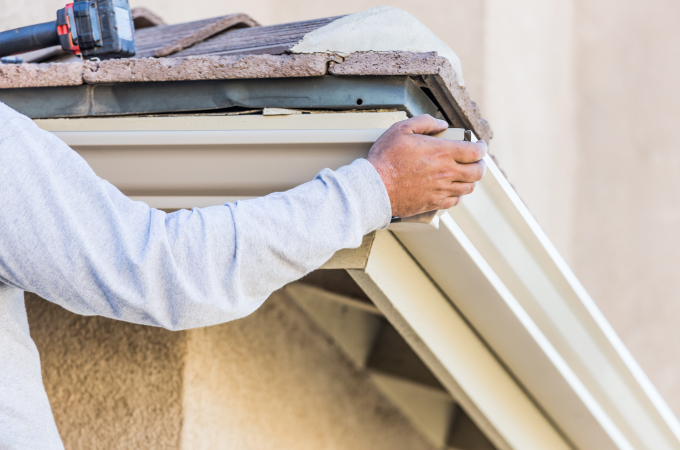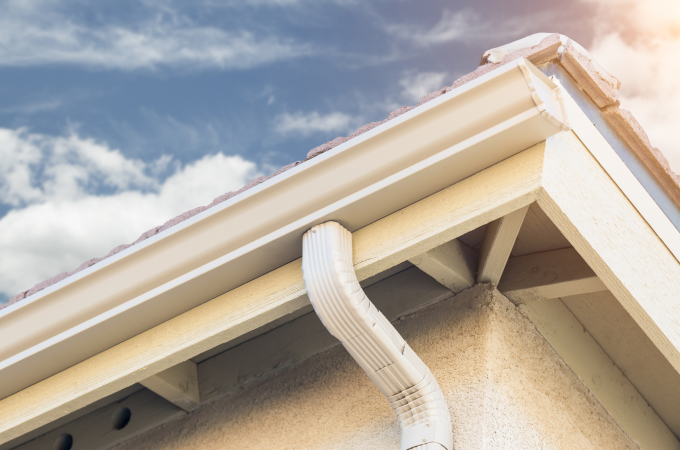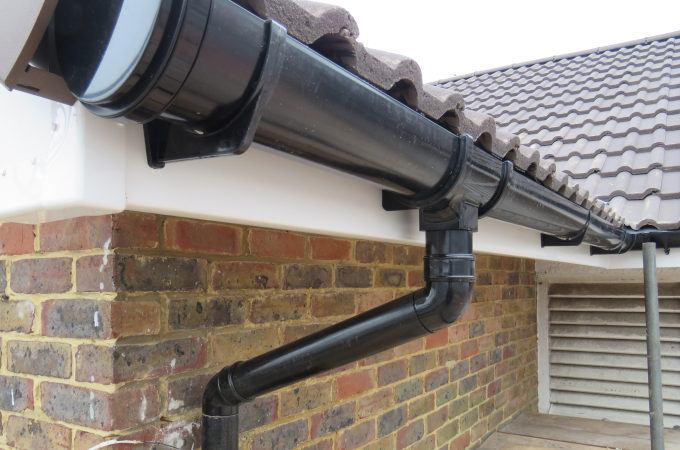Gutter machines all do pretty much the same thing, but they don’t all do it in the same way. In fact, different gutter machines come in unique sizes and profiles that you should understand before you make a purchase. Below, you will find some information about the various sizes and profiles associated with the gutter machines available on today’s market.
Gutter Sizes
Gutter sizes are standard across the industry, but not all gutter machines can produce gutters of every size. For example, some gutter machines can only produce 5” gutters while others produce 6”, and some combination-style machines can produce both. Some machines are capable of creating 7” or even 8” gutters, which are rare but recommended on commercial buildings with steep, expansive roofs and long rafter lengths.
Before buying a gutter machine, take the time to think about your clientele and the gutter sizes you install most frequently. If you only install 5” gutters, then you might want to consider saving money by buying a machine that produces only this size. On the other hand, if some of your clients need 5” and others need 6”, then a combination machine is your best bet. And if you do a lot of both sizes you may want to have one of each to avoid having to perform change overs. If you have many commercial clients, consider a machine capable of producing 7” to 8” gutters.
Gutter Profiles
Another important consideration is the gutter type – or gutter profile – that you will want your machine to create. The two most popular options are the K-style and half-round style gutter machines. Some companies choose one or the other depending on clients’ preferences, but some purchase one of each in a portable style that allows them to manufacture gutters on-site depending on the individual needs of the project.
Other gutter machines can produce different styles. For example, Ironman makes a fascia gutter machine used when there is no fascia, requiring the gutter to be installed on the rafter tail ends, thus allowing the board to mount on the gutter. This process is growing in popularity in many parts of the country and is a great way to set yourself apart from your competitors, but it is also quite an investment. Be sure to weigh the benefits of purchasing such a machine, which would include the demand for fascia gutters, with the downfalls in order to determine what sort of return you can expect on your investment.
If you have several industrial or commercial clients, a box gutter machine may also be a good investment. Box gutters are designed to carry much more water than a half-round or K-style gutter, and they provide a clean, streamlined aesthetic that works well with industrial architecture. Many businesses prefer box gutters because they have a long lifespan and they are easy to repair.
Gutter Machine Type
Both K-style and half-round portable machine options are available on the market and the stationary versions of the half-round gutter machines start around $24,000. Choosing the best gutter machine (or machines) for your business takes a bit of time and research. Determining what your clients tend to choose and the most common sizes in your local area will be the biggest deciding factors of all.
Once you know what size you need to make and the style that will accommodate your clients’ wants and needs, you are well on your way to buying the right machines to take your business to the next level.
 Contractors
Contractors



